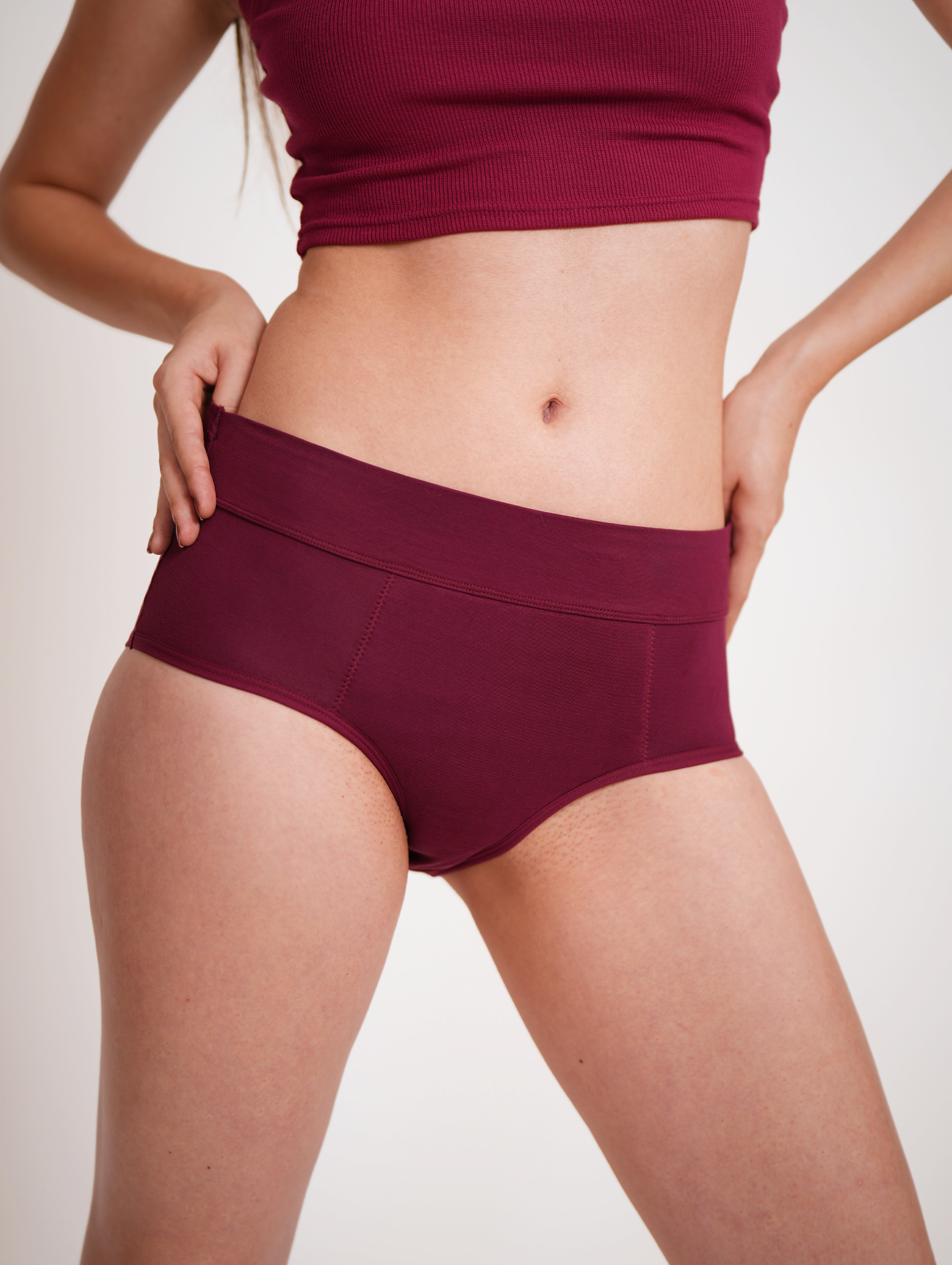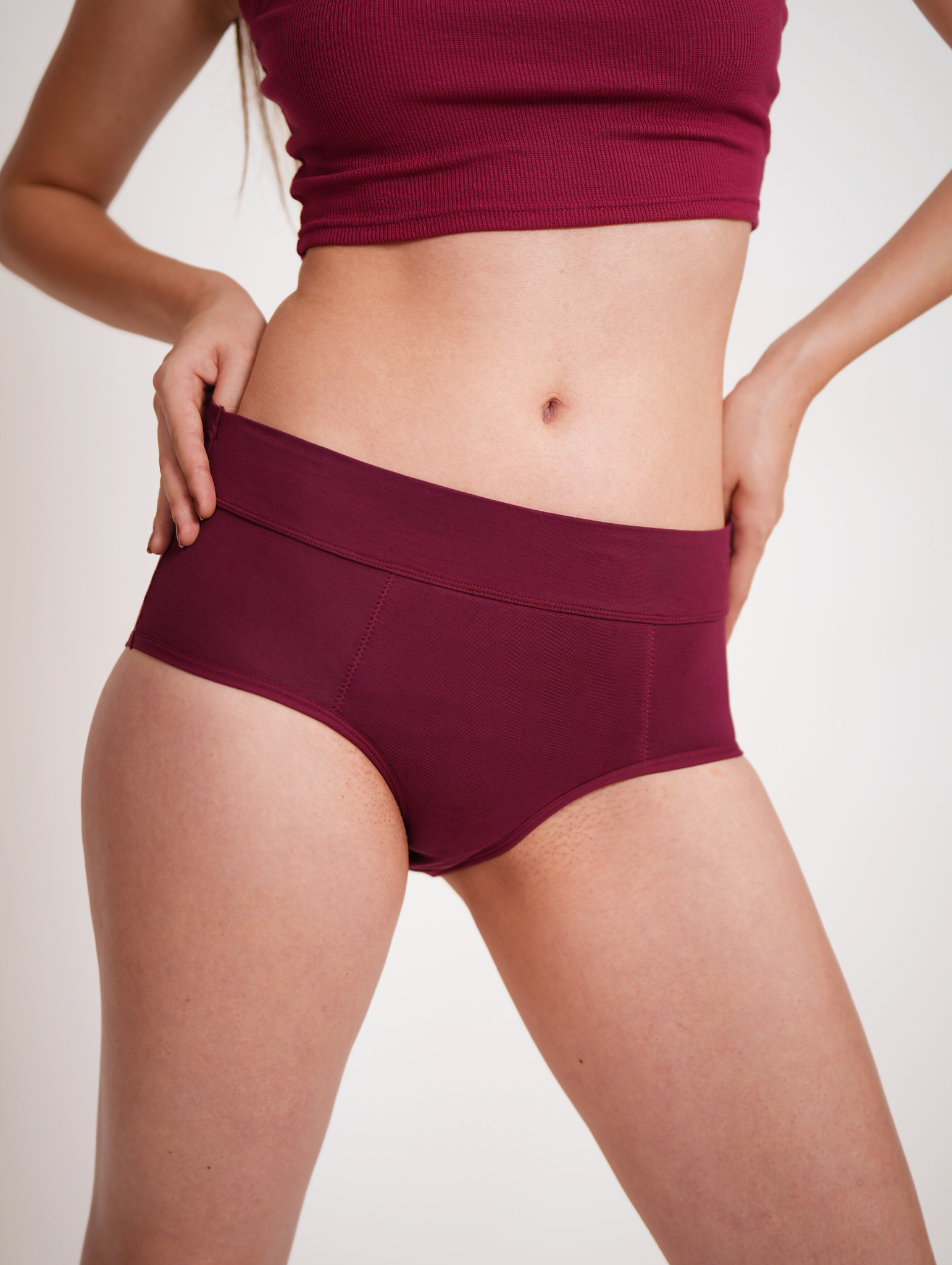Yoga During Periods: Yay or Nay?
There’s been a never-ending debate about whether it’s okay to roll out your yoga mat during your period or not. Some say, “Rest it out,” while others propagate that yoga is the ultimate period pain reliever. So, there might be a lot of confusion going around in your mind
Our answer is —it’s totally fine to do yoga during your period as long as you tune in with your body. Stick to gentle, restorative poses that feel like a warm hug. But don't practise those high-intensity, sweat-dripping postures that twist and stretch your core too much. Your body’s already doing a lot— so don’t make it work overtime!
Why Periods and Yoga Make a Great Combo
During periods, hormonal changes have a knack for bringing along cramps, bloating, and fatigue. But practising a little bit of yoga can work wonders as it improves blood circulation and relaxes the muscles. Incorporating a few soothing poses into your routine will not only make a noticeable difference but also leave you feeling much more comfortable during that time of the month.
Below are some of the best yoga poses that work wonders during periods. You don’t need anything extravagant—just a quiet room, a comfortable yoga mat, and a stable, non-slippery surface will work. Create a peaceful space in your living room, bedroom, or any spot where you can unwind and let the tension melt away.
Paschimottanasana (Seated Forward Bend)
Paschimottanasana stretches the lower back, hamstrings, and spine, which releases tension in the pelvic region and can help reduce menstrual discomfort. Practising this type of front bend pose helps relieve congestion, cramping, and heavy bleeding during this sensitive stage of the month.
How to Do It:
-
Sit on a plane surface with your legs stretched straight in front of you.
-
Inhale and lengthen your spine.
-
Exhale and bend forward, reaching your toes.
-
Hold onto this position for at least a minute and breathe deeply.
Limitations: Avoid these poses if you have severe lower back pain, sciatica, or herniated discs. People with asthma, diarrhea and pregnant women should not perform this yoga posture.
2. Balasana (Child’s Pose)
Balasana, also known as the Child’s Pose, is a gentle resting posture that stretches the muscles in your hips, thighs, and lower back. It has positive effects on mental health too, it calms the mind, relieves stress, and reduces menstrual pain by promoting relaxation and improving blood circulation in the pelvic region.
How to Do It:
-
On a plane surface, kneel on the mat and sit back on your heels.
-
Stretch your arms in front, then lower your forehead to the ground.
-
Keep your knees wide apart to allow space for your abdomen.
-
Hold on to this position for at least 1-2 minutes, and keep focusing on your breath.
Limitations: Avoid these poses if you have knee injuries, ankle discomfort, are pregnant, or have high blood pressure.
3. Vakrasana (Seated Spinal Twist)
Vakrasana, also called the Seated Spinal Twist, is a powerful pose that relieves digestive issues like bloating and eases discomfort caused by period cramps. It also boosts blood circulation to the pelvic region, making it a great choice that one can perform during menstruation.
How to Do It:
-
Sit on a mat or plain surface with your legs extended straight in front of you.
-
Bend your right knee and position your right foot flat on the floor just beside your left knee
-
Place your right hand behind your body for extra support and bring your left elbow outside your right knee.
-
Gently move your torso to the right while keeping your spine erect.
-
Hold on to this position for 30 seconds while breathing deeply.
-
Return to the center position and repeat this same posture on the other side.
Limitations: Avoid this pose if you have severe lower back pain, spinal injuries, or have undergone recent abdominal surgery.
4. Setu Bandhasana (Bridge Pose)

Practicing Setu Bandhasana (Bridge Pose) offers multiple health benefits. It effectively relieves pain in the lower back by stretching and strengthening the muscles in the pelvic region and can also help in reducing menstrual discomfort.
How to Do It:
-
Lie on a plain surface with your knees bent and feet flat on the floor.
-
Keep your arms alongside your body and your palms facing down.
-
Inhale deeply and lift your hips, pressing your feet and arms firmly into the ground..
-
Hold on to this position for 30 seconds and slowly come to the normal position.
Limitations: Avoid this posture if you have neck, back, or any injuries in your shoulder. People with high blood pressure or who have had recent abdominal surgery should avoid this.
5. Viparita Karani (Legs Up Against the Wall)

Viparita Karani is a restorative pose that helps reduce fatigue, bloating, and anxiety. It encourages blood flow to the pelvic area and calms the nervous system, making it perfect for period relief.
How to Do It:
-
Lie on your back, positioned near a wall.
-
Extend your legs up against the wall, keeping your hips as close to the wall as possible.
-
Place your arms at your sides and relax.
-
Hold for 5-10 minutes.
Limitations: Avoid practicing this pose if you have glaucoma or high blood pressure, or severe neck/back issues. People with herniated discs or recent leg injuries should also skip this pose.
FAQs
1. Can yoga affect your mood?
Yes! Yoga can affect your mood. It releases endorphins, reduces stress, and eases mood swings, helping you feel calmer and more relaxed.
2. Which yoga is best during periods?
Restorative poses like the Child’s Pose, Seated Forward Bend, Spinal Twist, Bridge Pose, and Legs Up the Wall help relieve cramps, bloating, and fatigue.
3. Can we do Surya Namaskar during periods?
Surya Namaskara includes intensive stretching. It’s best to avoid it if you have cramps or heavy bleeding. Rather stick to gentle stretches, but if you feel comfortable, do a slow, modified version.



